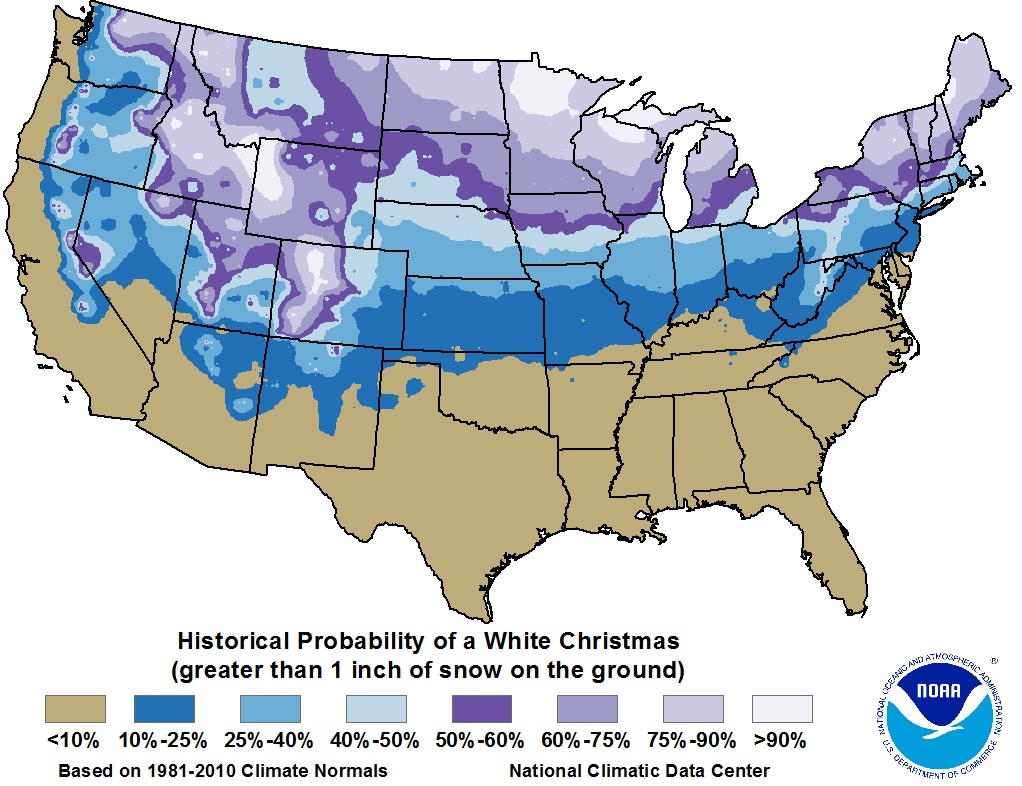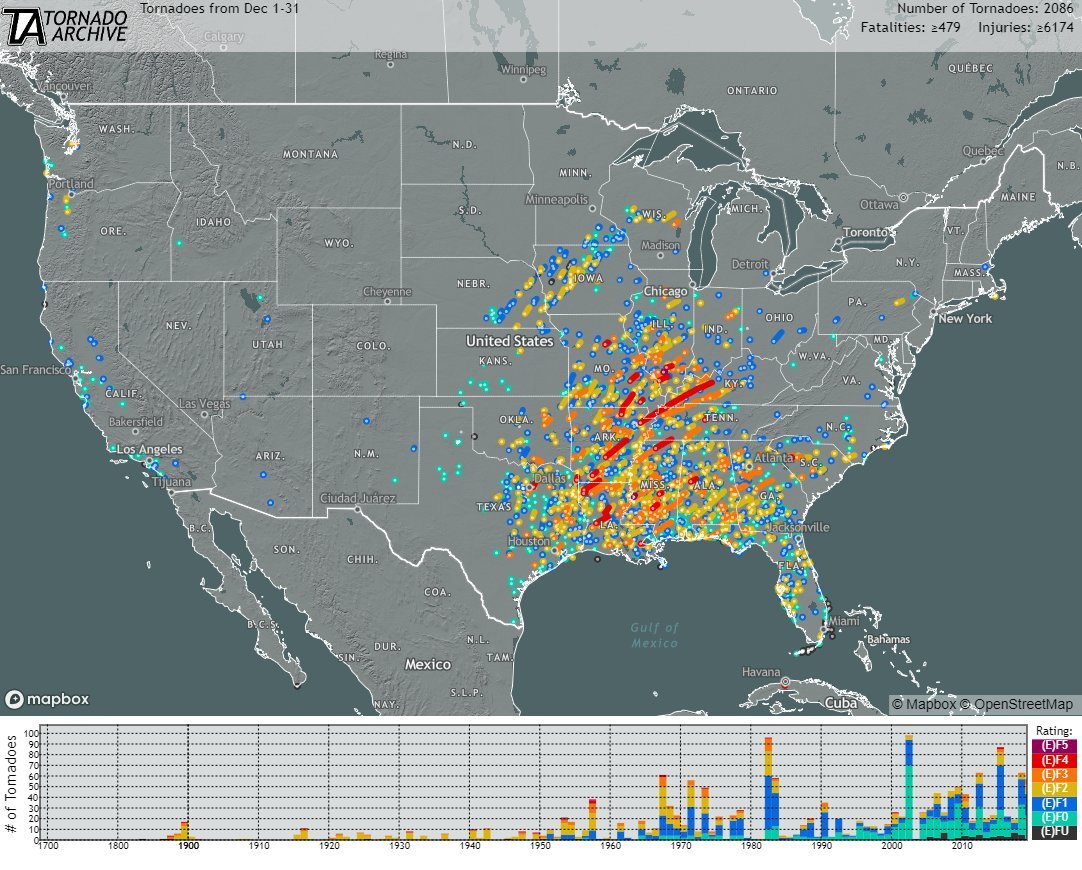JACKSONVILLE, Fla. — Become a part of the First Alert Neighborhood Weather Station Network powered by Tempest:
:quality(70)/cloudfront-us-east-1.images.arcpublishing.com/cmg/Y77Y5DTEBJDKDM7252Y7QRYVQQ.png)
The Geminid meteor shower peaks this week (through Dec. 15th).
From NOAA:
The Geminid meteor shower—arguably the year’s best display of “shooting stars”—should peak around 2 p.m. EST (11 a.m. PST) on December 14th. This means that observers in North America have the best chance of catching a flurry of meteors in the pre-dawn hours on Thursday, December 14th. But it’s worth looking for meteors in the evenings of both Wednesday, December 13th, and Thursday evening, December 14th.
The number of meteors visible depends very much on the darkness of your location, and when you’re out looking. Under a clear, dark sky with no light pollution, you might see a meteor streak across the sky every minute or two from 10 p.m. until dawn on the night of the peak. The Moon will be new on December 12th, so it won’t hamper viewing opportunities.
“Although the Perseids, which arrive every August, are better known, the Geminids usually put on a better show,” says Diana Hannikainen, observing editor at Sky & Telescope. “Just be patient as your eyes adapt to the darkness, and don’t give up too soon.”
The shower’s radiant—the spot in the sky from which all Geminid meteors appear to emanate—is near the relatively bright star Castor in the constellation Gemini. This location is well above the eastern horizon by around 9 p.m. local time on December 13th. The radiant will be highest at 2 a.m. local time on December 14th, which is ideal viewing time for those who can stay out late.
The shower’s maximum is broad, with lower counts on the nights preceding and following the peak. Fainter meteors are more abundant ahead of the peak, brighter ones after the peak.
Geminids can appear anywhere in the sky, so the best direction to watch is wherever your sky is darkest, probably straight up. Small particles create tiny, quick streaks. The occasional bright one might leave a brief train of glowing smoke. The few that you may see early in the evening will make longer, dramatic trails, continuing for a few seconds as they graze sideways through Earth’s uppermost atmosphere.
The Source of the Geminid Meteors
The last major meteor shower of the year is due to 3200 Phaethon (FAY-uh-thon), a unique asteroid referred to as a rock comet since it shares characteristics with both asteroids and comets. The Geminids were first recognized as an annual phenomenon in 1862, but the source of the shower was unknown until Phaethon was discovered in 1983.
Only about 3 miles (5 kilometers) across, Phaethon loops around the Sun every 1.4 years in an orbit that approaches the Sun closer than any other named asteroid. Every time it nears the Sun, its surface is heated to roughly 1,300°F (700°C). This causes bits of rocky dust, about the size of sand grains to peas, to escape from its surface.
Over the centuries, these bits of Phaethon have spread all along the asteroid’s orbit to form a sparse, moving “river of rubble” that Earth passes through in mid-December every year. When we encounter these particles, they are traveling 22 miles per second (79,000 mph) with respect to Earth. So every time one of them slams into our planet’s upper atmosphere, about 50 to 80 miles up, air friction vaporizes it in a quick, white-hot streak.


It looks like we’re (Jacksonville/NE Fl./SE Ga.) in for another wet weekend. While not a washout, the weekends of Nov. 25-26, Dec. 2-3 & Dec. 9-10 have had a combined 4.35″ of rain at JIA. That’s more than the avg. rainfall for all of Nov. & Dec. combined!
And the storm systems have had their share of severe weather & tornadoes. The most significant outbreak was Dec. 9th with more than 200 severe weather reports from the Tennessee Valley to the Gulf Coast including an intense outbreak of tornadoes centered on parts of Tennessee & Kentucky. While significant... tornadoes in Dec. are not at all unusual (see 2nd tweet below). Tornado surveys from Nashville * here * ... From Louisville * here *

We can confirm that the now viral video showing a fireball in the sky during Middle Tennessee’s violent and catastrophic tornadoes last weekend was indeed NES power equipment at our North Substation. Check out the footage from our security cameras. #NashvilleTornado2023 #Tspotter… pic.twitter.com/WsMGqgd9AB
— Nashville Electric Service (@NESpower) December 12, 2023
While our days are still getting shorter by a bit, Jacksonville’s sunsets are now getting later.(!) We won’t start gaining time on the front end - sunrise - until Jan. 17th, but it’s a start! :)
Dreaming of a White Christmas? The 30-year avg. shows - of course - your best chance is well north of Jacksonville (though the overall weather pattern for the Lower 48 is quite mild through at least Christmas Day).

Spending time with your family this holiday season? Play a game of guessing whether your loved one’s remember having a white Christmas with the U.S. snow occurrence maps on December 25 from 1991–2022. Our latest GIF may surprise you. 👀 https://t.co/zSzInwIaZL @NOAA @NOAAClimate pic.twitter.com/c9VAhGS9cj
— NOAA NCEI (@NOAANCEI) December 6, 2023
:quality(70)/cloudfront-us-east-1.images.arcpublishing.com/cmg/4BY52YP3URHB3CBG6342FEUNGQ.jpg)




:quality(70)/d1hfln2sfez66z.cloudfront.net/10-30-2024/t_96f5c4f8145b481cbd3b05c492b5e5c2_name_file_960x540_1200_v3_1_.jpg)
:quality(70)/d1hfln2sfez66z.cloudfront.net/10-31-2024/t_62a37f939b3546eda3668cefb692ca57_name_file_960x540_1200_v3_1_.jpg)
:quality(70)/cloudfront-us-east-1.images.arcpublishing.com/cmg/OA5VFVKXALI3DDBN7YA7WH6CTE.jpg)
:quality(70)/d1hfln2sfez66z.cloudfront.net/10-31-2024/t_0bbe782cd9484b4280d318d45d1455ea_name_file_960x540_1200_v3_1_.jpg)
:quality(70)/d1hfln2sfez66z.cloudfront.net/10-31-2024/t_57d89e06d1dc421c87dbed7b4cb61862_name_file_960x540_1200_v3_1_.jpg)